The Timeless Elegance of the Saree: A Guide to Draping, Styles, and Traditions
The saree, a 6-yard marvel of fabric, is more than just an attire—it’s a symbol of India’s rich cultural heritage. Worn by women for centuries, this versatile garment transcends regions, occasions, and generations. Whether you’re a saree newbie or a seasoned draper, this blog will guide you through draping techniques, regional styles, and tips to embrace its timeless charm.
How to Drape a Saree: The Classic Nivi Style
The Nivi drape from Andhra Pradesh is the most popular style today. Here’s a step-by-step guide:
- Basics First: Wear a fitted blouse and a petticoat (waist-to-floor underskirt) tied tightly at the waist.
- Tuck the Inner End: Start at the navel, tucking the plain end (not the pallu) into the petticoat, moving clockwise around your waist.
- Create Pleats: Hold the top edge of the saree and make 5-7 even pleats (5 inches wide). Tuck them into the petticoat slightly left of your navel.
- Drape the Pallu: Take the remaining fabric (pallu) over your left shoulder, adjusting its length to knee or ankle level. Secure with a safety pin.
- Finishing Touches: Adjust pleats for symmetry and pin the pallu to the blouse for stability.

Explore Regional Saree Draping Styles
- Bengali Style:
- The pallu is draped front-to-back without pleats, often over the right shoulder.
- Red-and-white cotton sarees are traditional for festivals.

- Gujarati/Rajasthani Style:
- The pallu is brought from the back to the front over the right shoulder, creating a “seedha pallu” effect.
- Ideal for vibrant Bandhani or mirror-work sarees.

- Maharashtrian Nauvari:
- A 9-yard saree tied like a dhoti, allowing freedom of movement.
- Often paired with a long-sleeved blouse.
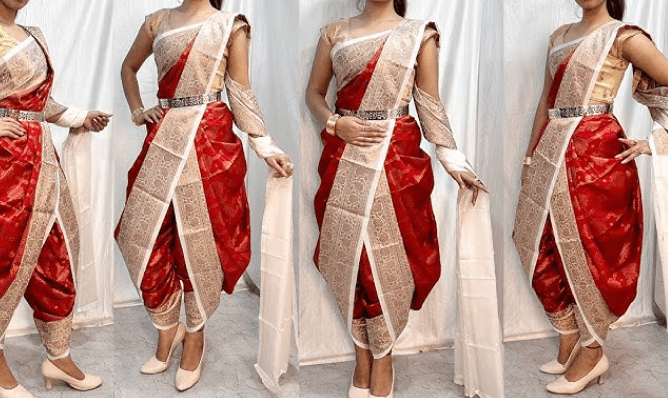
- Tian Muggu (Tamil Nadu):
- Features a zig-zag pleat pattern at the hip and a long pallu over the left shoulder.
- Perfect with Kanjivaram silk.
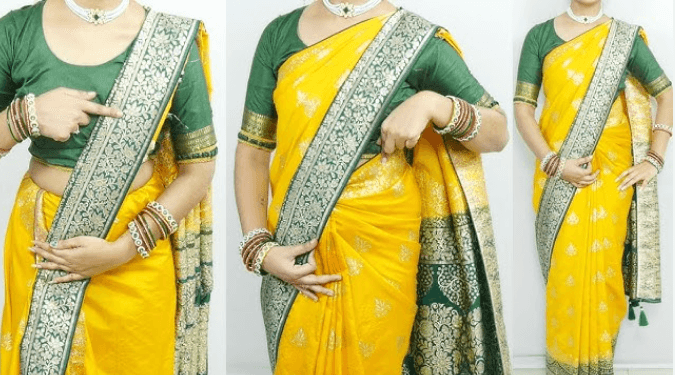
- Lehenga Style:
- Pre-stitched pleats and a draped pallu mimic a lehenga’s silhouette.
- Great for weddings.

- Modern Drapes:
- Experiment with pant sarees, dhoti drapes, or one-shoulder styles.

- Experiment with pant sarees, dhoti drapes, or one-shoulder styles.
Fabrics & Occasions: Choose Wisely
- Silk: Kanjivaram, Banarasi, or Mysore silk for weddings.
- Cotton: Light and breathable for daily wear or festivals (e.g., Kerala’s Kasavu with gold borders).
- Chiffon/Georgette: Flowy options for parties.
- Organza: Sheer and trendy for modern events.
Pro Tips
- Use safety pins to secure pleats and pallu.
- Match blouse designs (high-neck, backless, or cape styles) to your saree.
- Accessorize with temple jewelry, bangles, or a bindi.
Conclusion
The saree is a canvas for creativity, blending tradition with personal flair. Whether you’re mastering the Nivi drape or experimenting with a Maharashtrian Nauvari, let your confidence shine. After all, the saree isn’t just worn—it’s lived in.
Embrace the drape, celebrate your roots, and let the saree tell your story. 🧡

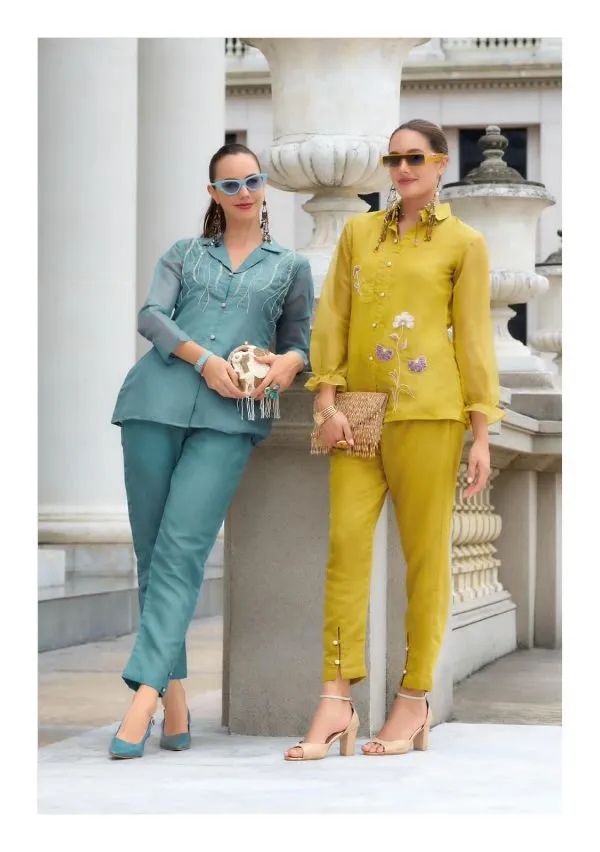
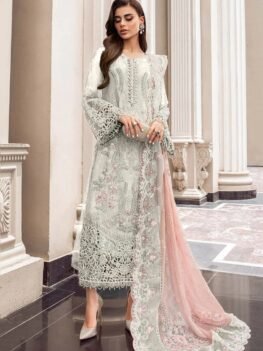
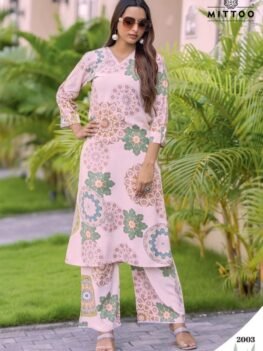
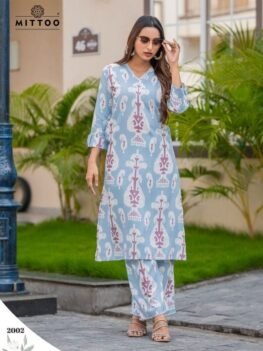

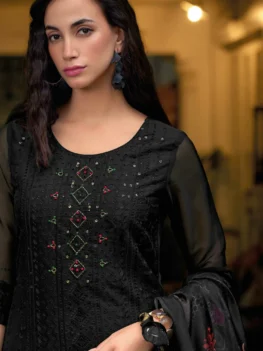
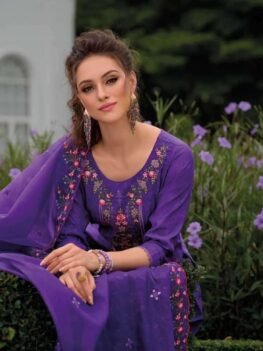


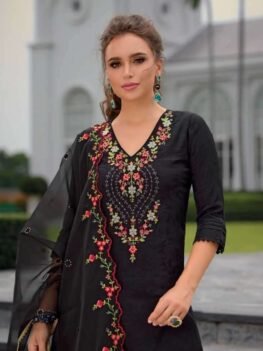
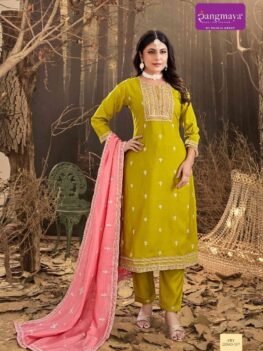
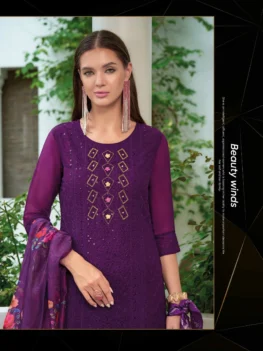
Thank you, we will keep posting
Repudiandae voluptas omnis voluptatem velit quas aut quia
Thank you Dena
I will send you information
Error voluptatum quam dolore harum. Qui aliquid perferendis aut recusandae iusto. Exeid fuga aspernatur est dolores. Reprehenderit dolor non tenetur aut. Et facilis alias nihil nostrum et Exercitationem perspiciatis qui sit Consequatur vel ut placeat esse aut.
Velit ut voluptas magni autem in cum quidem. Fugit cupiditate velit ad. Sed vel autem itaque libero
Voluptas voluptatem soluta laboriosam dolorem explicabo ut ad molestiae. Esse eum sapiente veniam